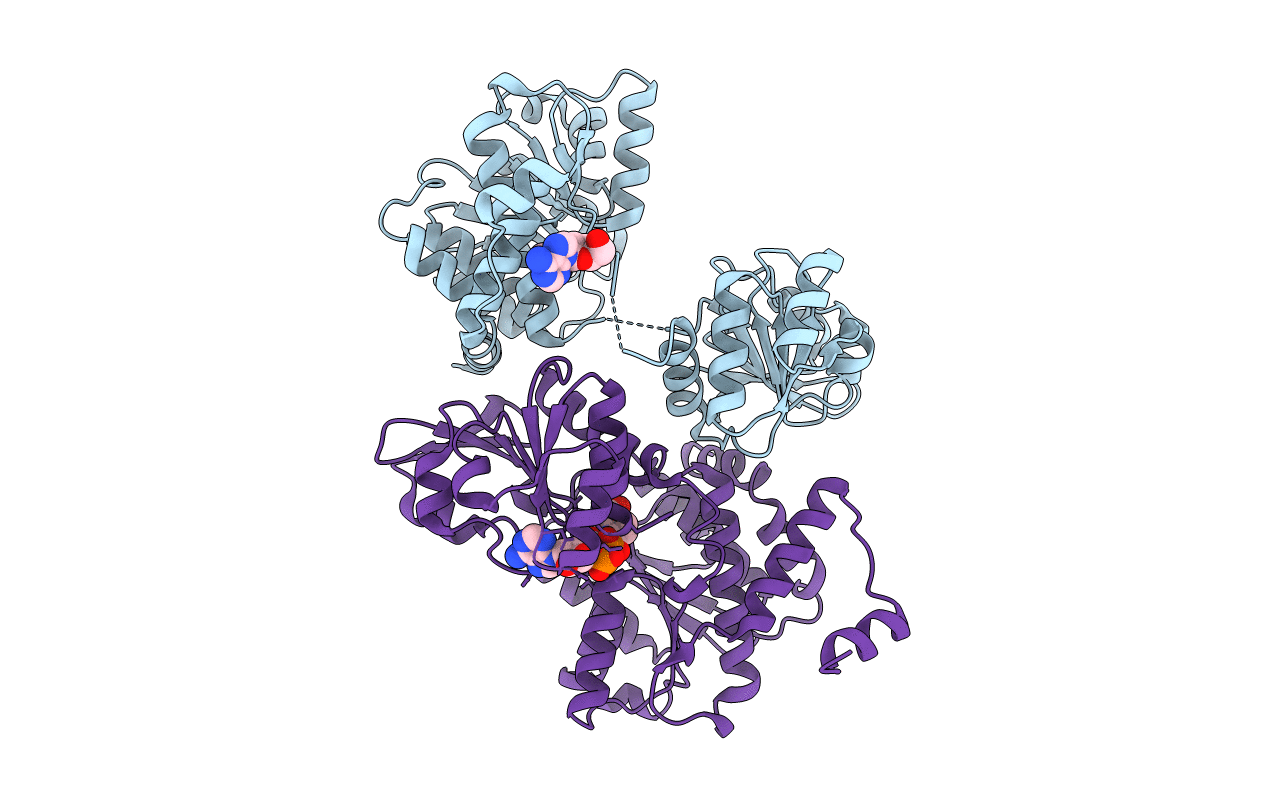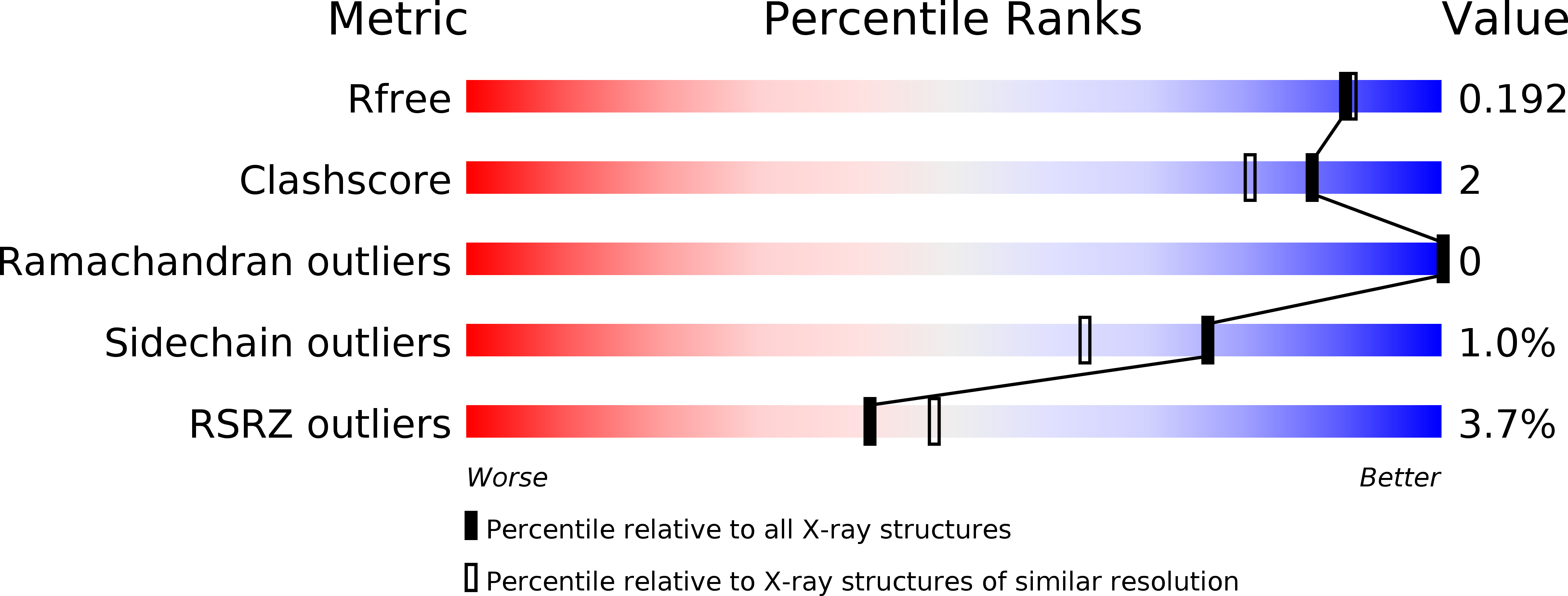
Deposition Date
2016-10-19
Release Date
2017-07-05
Last Version Date
2024-01-17
Entry Detail
PDB ID:
5TOW
Keywords:
Title:
Crystal structure of the inactive form of S-adenosyl-L-homocysteine hydrolase from Thermotoga maritima in ternary complex with NADH and Adenosine
Biological Source:
Source Organism:
Host Organism:
Method Details:
Experimental Method:
Resolution:
1.75 Å
R-Value Free:
0.18
R-Value Work:
0.16
R-Value Observed:
0.16
Space Group:
C 1 2 1


